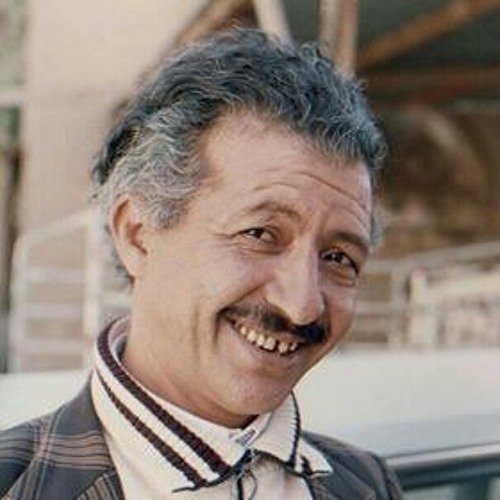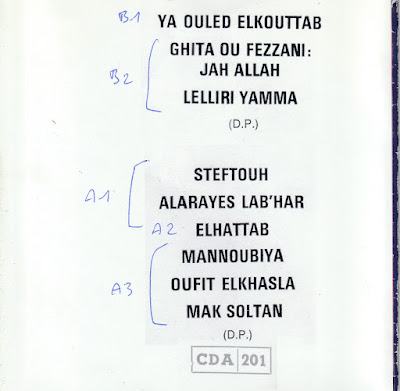AUTHENTIC MUSIC OF THE AMERICAN INDIAN
Volume I : War Dances and Honor Songs/Volume II : Social Songs and Folk Songs/Volume III : Ceremonial Songs and Chant
INCLUDES MUSIC OF THE FOLLOWING TRIBES !
CHEYENNE OMAHA CROW TEWA PAPAGO PONCA TAOS PAWNEE APACHE ZUNI SIOUX KIOWA SHAWNEE UTE HOPI ARIKARA NAVAJO PLAINS PIMA PAIUTE
A THREE RECORD SET
Everest, 1971, 3450/3
A good part of this excellent set was reissued by Spalax Music in 1994 and Legacy International. But as it is sometime the case some tracks have been excluded: here 26 tracks out of 40 are available on CD.
So I'm posting the 14 tracks missing because the whole product gives an good overview of the different types of singing from very different ''tribes'' (Indian talk about nations nowadays). Some of these Native American groups are not really known here like the Tewa and Pima. The others such as Apache, Navajo (Dine) or Sioux are easily found in the album productions. But what makes the difference maybe with more contemporary albums is the five page booklet full with valuable information for people like us. It gives a real picture of what the Indians were and what they are at the time of recording : ''these remarkable people can drum and sing, joke and laugh - even if some of the jokes are now bitter. They have not given up''.
Everest Records was founded in 1958 and had its own recording material. So I suppose all the field recordings here were their work for there are no credits nor details about the actual recordings except for the solo or lead singers names.






































